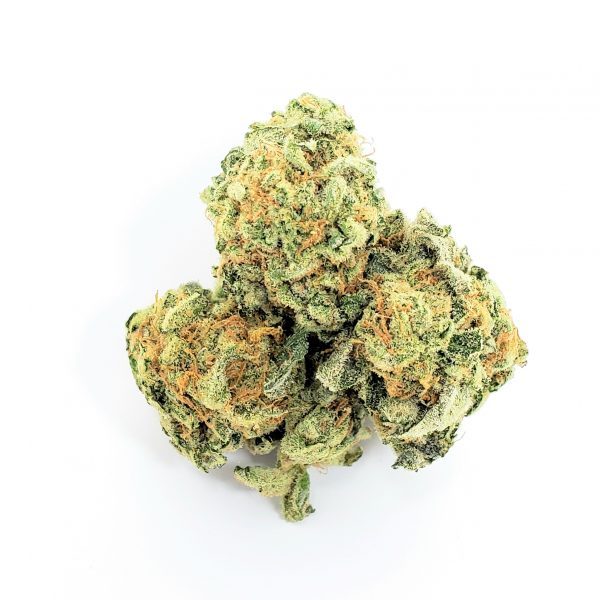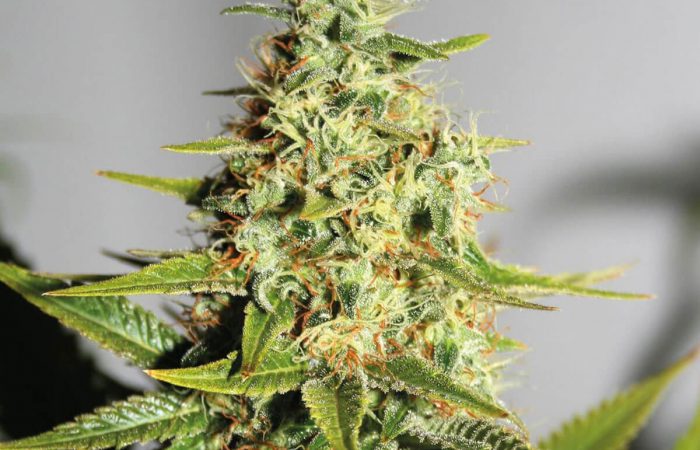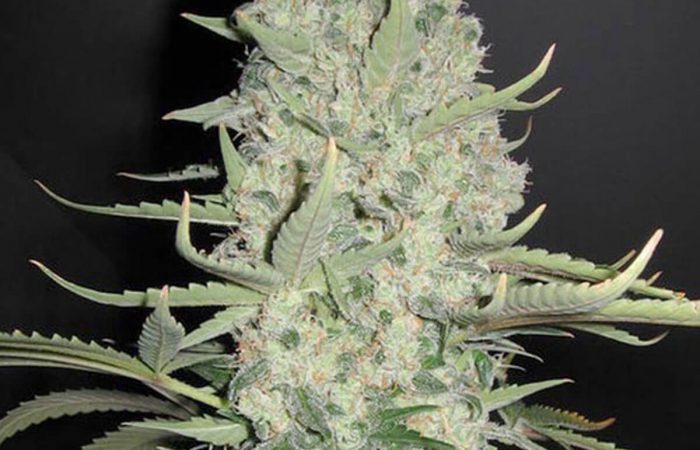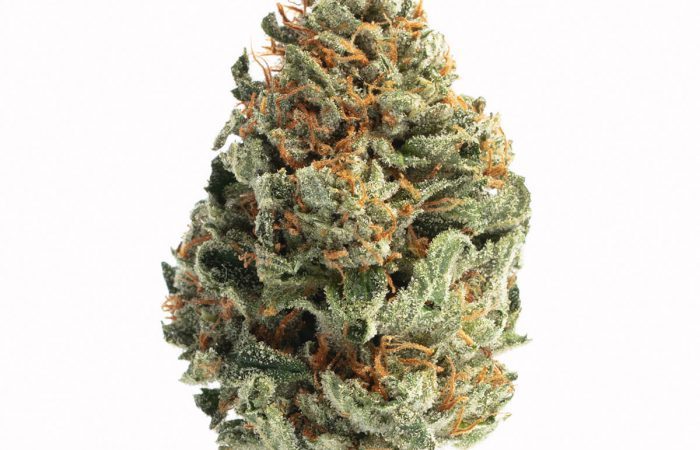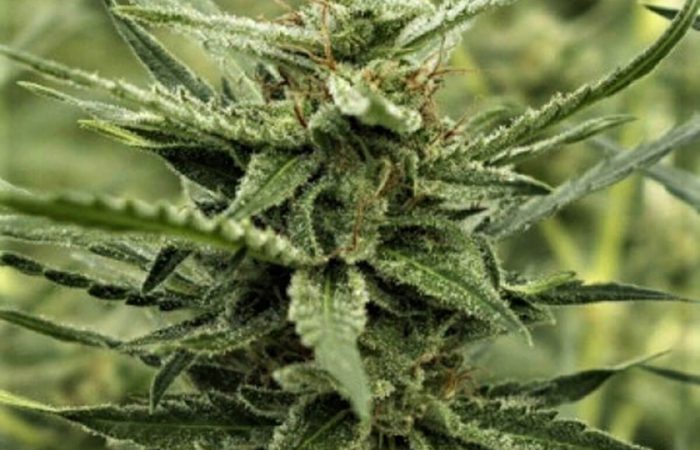Black Haze’s beautiful bouquet is truly a sight to behold with its deep purple hues, glistening trichomes, and bright orange pistils. The best part about it is that it is not so hard to achieve such A-grade buds if you have a bit of experience in cannabis rearing.
If its Sativa genetics shone through Black Haze’s psychoactive effects, its Indica lineage is more apparent in the plant’s structure. These plants are rather densely packed, and the leaves are fluffy and wispy. What makes it unique, though, is that its leaves are more purplish-almost appearing black-than greenish, like most cannabis plants. These striking plum hues are an indication of very high concentrations of pigments called anthocyanins. Aside from improving the bag appeal of the bud, it also brings forth several health benefits. To bring out these stunning colors, one must subject the plant to cold temperatures during the late vegetative phase.
Black Haze is not a fussy strain per se, but it does have a few strain-specific requirements for it to achieve its full potential. For one, it thrives in both indoor and outdoor environments, but it prefers a relatively colder environment as opposed to the warm, temperate climate that most cannabis strains crave. If cultivated outdoors, these plants require a semi-humid climate with daytime temperatures ranging from 72 to 80 degrees Fahrenheit. As such, it is a good thing that its stable landrace genetics make it more resistant to temperature variations.
When grown indoors, its height reaches about 60 to 80 inches, so it is not so hard to manage in limited growing space. It will finish blooming in 11 to 14 weeks and reward growers with a modest harvest of up to 450 grams of delicious buds per square meter. Meanwhile, plants grown outdoors in a semi-humid and relatively colder environment will be ready for harvest by the end of September, granting growers up to 400 grams of plum-hued nugs per plant.
